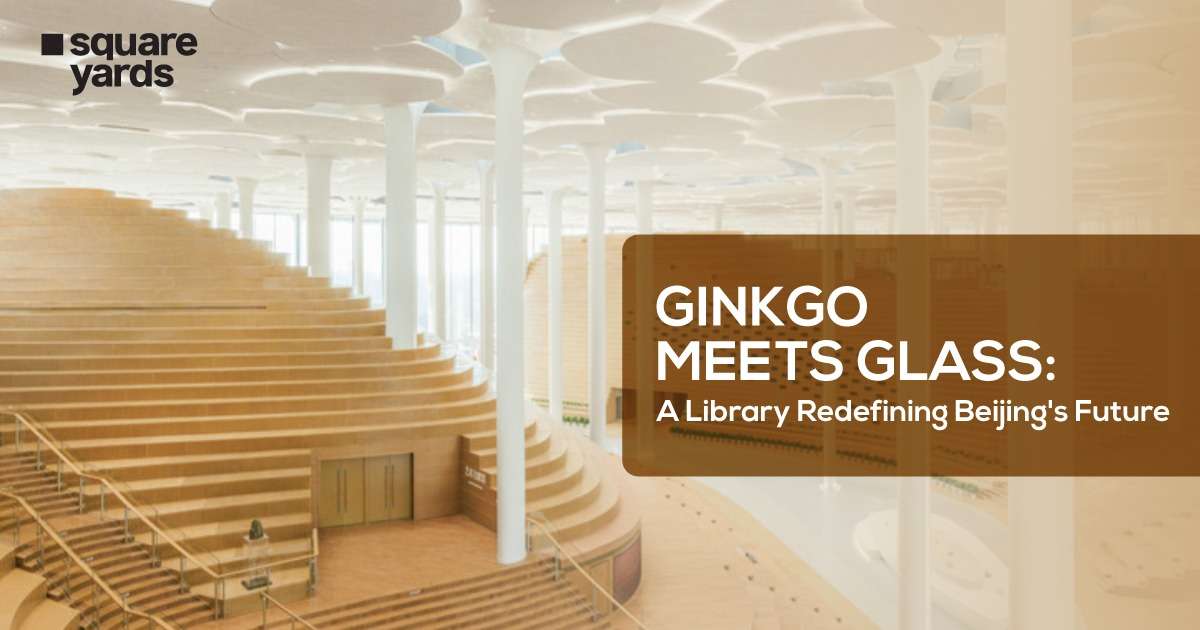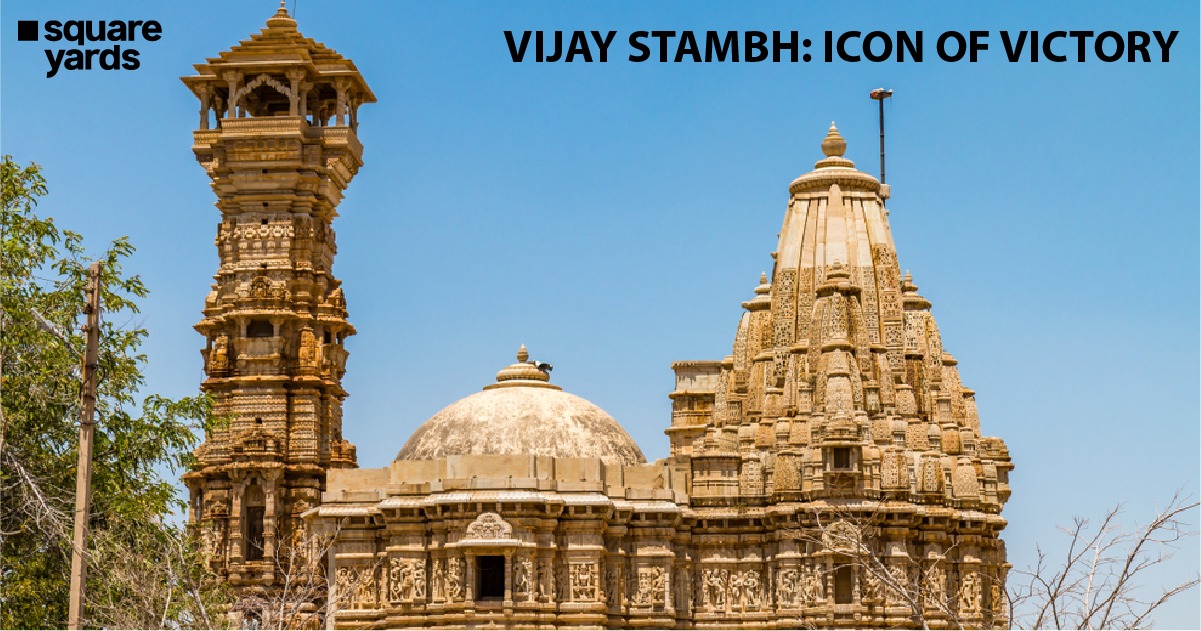In a significant development for the state of Uttar Pradesh, the Maharishi Valmiki International Airport has been unveiled in Ayodhya. More than just a transportation hub, this airport represents a celebration of India’s cultural heritage and a melding of old and new aesthetics. This project not only empowers the region but also highlights India’s dedication to sustainable practices.
Reviving the Tradition
Unlike the prevalent minimalistic approach to airport design, the Maharishi Valmiki International Airport in Ayodhya seeks to revive local artistry. The airport seamlessly blends the ancient Nagara style of temple architecture with modern elements, creating a harmonious space that showcases the nation’s cultural richness. It presents a beautiful narrative of tradition and progress.
GRIHA Four-Star Certification
In recognition of its commitment to sustainability, the Ayodhya airport has been awarded the GRIHA four-star certification. GRIHA (Green Rating for Integrated Habitat Assessment) evaluates buildings based on their energy efficiency and environmental impact. This certification reinforces India’s drive toward responsible and eco-friendly infrastructure development.
A Visitor-Centric Approach
The design philosophy behind the Ayodhya airport was to enhance the visitor experience. Acknowledging the significance of the location and the cultural context of the project, the architects have intricately crafted a space that offers a memorable and immersive experience to all who pass through its gates. The airport serves not only as a gateway for travel but also as an embodiment of the city’s rich cultural heritage.
Expertise in Airport Design
The masterminds behind the magnificent Ayodhya airport project are the architects from Sthapati, an esteemed architectural practice based in New Delhi and Lucknow. Known for their expertise in airport design and heritage conservation, Sthapati has successfully restored and revitalized significant sites across India. Having lent their skills to projects in Leh, Jodhpur, and Jammu, they brought their unparalleled expertise to the development of the Maharishi Valmiki International Airport. According to Harsh Varshneya, Director and Principal Architect at Sthapati, the design process greatly relied on Building Information Modeling (BIM). This method allowed for the seamless integration of architectural, structural, and MEP (Mechanical, Electrical, and Plumbing) designs and specifications. Together, these elements create a coherent and structurally sound airport that embodies the essence of Ayodhya.
The unveiling of the Maharishi Valmiki International Airport marks a significant milestone in India’s airport design and infrastructure development. By reviving the country’s cultural traditions while adopting sustainable practices, this airport not only serves as a transportation hub but also as a cultural landmark. As visitors embark on their journeys, they will have the opportunity to immerse themselves in India’s rich cultural heritage, courtesy of the Ayodhya airport.










































